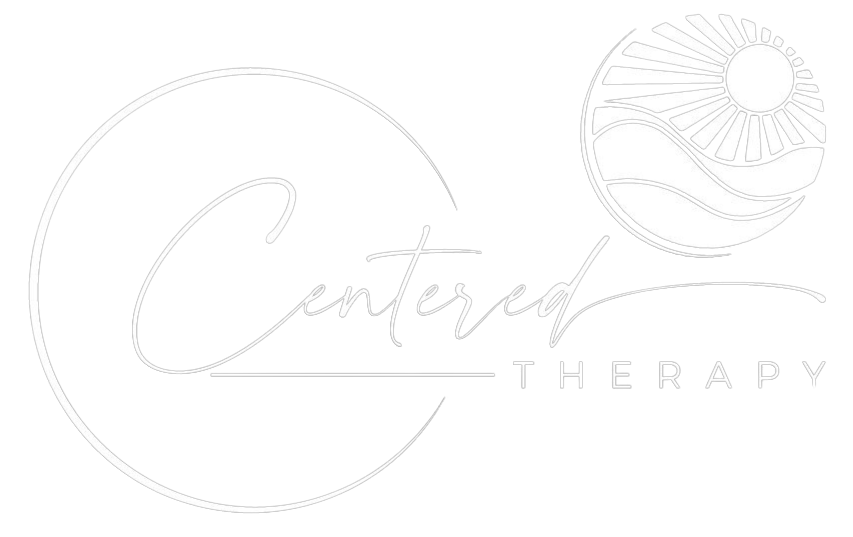ADHD Medication Management
The most effective treatment approach for ADHD often involves a combination of therapy and medication tailored to the individual’s specific needs. Therapy helps individuals develop skills, strategies, and coping mechanisms to manage ADHD symptoms, while medication can help alleviate core symptoms and improve overall functioning.
ADHD medication can provide several benefits for individuals with ADHD including symptom reduction, improved functioning, increased attention and focus, enhanced self-control by managing impulsive behaviors, improved academic and occupational outcomes, increased self-esteem, and support for other treatments such as behavioral therapy or educational strategies.
For parents, it can be a reassuring solution, providing your child with a steppingstone to a brighter, more focused tomorrow. ADHD medication isn’t just about managing symptoms—it’s about empowering you or your child with control, confidence, and the chance to live life to the fullest.
How Does ADHD Medication Help Treat ADHD?
ADHD medication is designed to regulate the brain’s neural pathways, bringing balance to the natural chemicals that impact attention and behavior. Imagine your brain as a bustling city, with thoughts and impulses acting as vehicles navigating the streets. ADHD medication works like the traffic signals in this city, regulating the flow and ensuring order.
By balancing the natural chemicals influencing attention and behavior, these medications work to enhance focus, curb impulsivity, and tame hyperactivity. People with ADHD often find themselves better equipped to tackle their daily routines and tasks once they’ve established and implemented a personalized medication plan, because medication is more than just a remedy: it’s a tool for empowerment and taking back control of their lives.
Types of ADHD Medication
Addressing ADHD with medication requires a customized approach, much like finding the right pair of shoes. The last few decades have seen a rapid expansion in the different types of medication available to treat ADHD, and now there are two distinct categories: stimulant and nonstimulant-based.
Both stimulant and non-stimulant medications have their benefits and considerations. The choice between them depends on various factors, including the individual’s response to medication, medical history, side effect profile, and preferences.
Stimulant medications work by increasing the levels of certain neurotransmitters in the brain, such as dopamine and norepinephrine. They help improve focus, attention, and impulse control.
Types of Stimulant Medications:
- Methylphenidate: Examples include Ritalin®, Concerta®, Metadate®, and Daytrana® (a patch applied to the skin). These medications are available in immediate-release (short-acting) and extended-release (long-acting) formulations.
- Amphetamines: Examples include Adderall®, Vyvanse®, Dexedrine®, and Evekeo®. Similar to methylphenidate, these medications come in immediate-release and extended-release forms.
Non-stimulant medications may be considered when stimulant medications are ineffective, not tolerated well, or have contraindications. They work differently from stimulant medications and are typically prescribed for individuals who may be at higher risk for substance abuse or have co-occurring conditions like anxiety or tics. Non-stimulant medications typically have a slower onset of action compared to stimulant medications. They may take several weeks to reach their full therapeutic effect. The duration of action varies among different non-stimulant medications.
Types of Non-Stimulant Medications:
- Atomoxetine: Sold under the brand name Strattera®, atomoxetine is a selective norepinephrine reuptake inhibitor (SNRI). It increases the availability of norepinephrine in the brain, which helps regulate attention and impulsivity.
- Bupropion: While primarily used as an antidepressant (Wellbutrin®), bupropion has also shown effectiveness in managing ADHD symptoms, especially in adults.
- Guanfacine and Clonidine: These medications, originally used to treat hypertension, have been found to be helpful in managing ADHD symptoms. Guanfacine is available as Intuniv® (extended-release) and Tenex® (immediate-release), while clonidine is available as Kapvay® (extended-release).
Stimulants
Stimulant ADHD medications have been the primary treatment form for decades, dating back as far as the 1950s. These drugs often form the initial phase of a customized treatment strategy due to their capacity to establish balance within the brain’s neurotransmitters.
Stimulant medications can offer several benefits for people with ADHD:
- Increased concentration
- Heightened attention levels
- More control over impulses
However, almost all medications can cause side effects, and ADHD treatments that are stimulant based are not exempt. Potential side effects may encompass diminished appetite, alterations in sleep routines, and mood shifts. Under the careful supervision of a seasoned health care provider, the advantages typically supersede any potential negatives.
Nonstimulants
Nonstimulant medications offer an alternative route in the treatment of ADHD. They’re typically considered when individuals experience difficulty with the side effects of stimulants or when another health condition influences medication choice. The two different forms of nonstimulant medications are alpha agonists and norepinephrine modulators.
An example of a nonstimulant ADHD medication is Atomoxetine, which is one of the most widely used nonstimulants for both adults and children. The medication was approved by the FDA in 2003 for children and 2002 for adults. Atomoxetine works by increasing the levels of norepinephrine in the brain, which is a type of neurotransmitter. These types of ADHD medication offer a slower approach to treatment yet offer a stable and continuous alleviation of symptoms in certain patients—particularly those who did not respond well to stimulant medications
ADHD Medication for Adults
Understanding and managing adult ADHD can be a challenging journey, but medication is a well-traveled road that has helped many navigate their symptoms effectively. ADHD doesn’t just disappear as we age, and its symptoms can create significant barriers to success in relationships, jobs, and overall wellness. In fact, ADHD is underdiagnosed in the United States, particularly within the adult population.
Adult ADHD medication plans require personalization from your health care provider. Each ADHD diagnosis is different from the next and varies in severity. After you’ve completed a comprehensive ADHD evaluation and analysis from a certified health care provider, they will develop a customized treatment plan based on your medical history, current health, and ADHD symptoms.
ADHD Medication for Children
For children, ADHD medication options are similar to the options available to adults, with stimulant and nonstimulant medications being the two primary types of medications. Both of these ADHD medication types can help reduce symptoms that interfere with learning and socializing, helping your child to not just fit in but to excel.
Stimulants are the more widely used option for children, in part due to their ability to quickly take effect and their wide-ranging lasting times. For example, Ritalin®, which is classified as a methylphenidate, only takes 30 to 40 minutes to start working and lasts about five hours. Other medications, such as Daytrana and Concerta, can last up to 12 hours. Examples of nonstimulant ADHD medications include Guanfacine ER, Clonidine ER, and Viloxazine.
Here is a list of approved ADHD medications commonly prescribed for children:
Stimulant Medications:
- Methylphenidate (Ritalin, Concerta, Metadate, Daytrana)
- Dexmethylphenidate (Focalin)
- Amphetamine and Dextroamphetamine (Adderall)
- Lisdexamfetamine (Vyvanse)
- Dextroamphetamine (Dexedrine, Zenzedi, ProCentra)
- Methamphetamine (Desoxyn)
Non-Stimulant Medications:
- Atomoxetine (Strattera)
- Guanfacine (Intuniv, Tenex)
- Clonidine (Kapvay, Catapres
These medications have been approved by regulatory authorities, such as the U.S. Food and Drug Administration (FDA), for the treatment of ADHD in children.
Side Effects of ADHD Medication
Similar to most other types of medication, ADHD drugs carry the potential for various side effects, including appetite reduction, sleep disturbances, or mood fluctuations. Other physical side effects, such as headaches or abdominal pain, may also arise. As such, it’s crucial to bear in mind that each individual’s response to medication is distinct, and side effects experienced by one may not surface in another.
In instances where side effects do appear, they are often manageable by fine-tuning the dosage or transitioning to different medications. This underpins the importance of routine consultations and assessments with a health care professional. The objective when employing ADHD medication for treatment is to discover the optimal balance where the medication’s advantages distinctly surpass any potential negative side effects.


